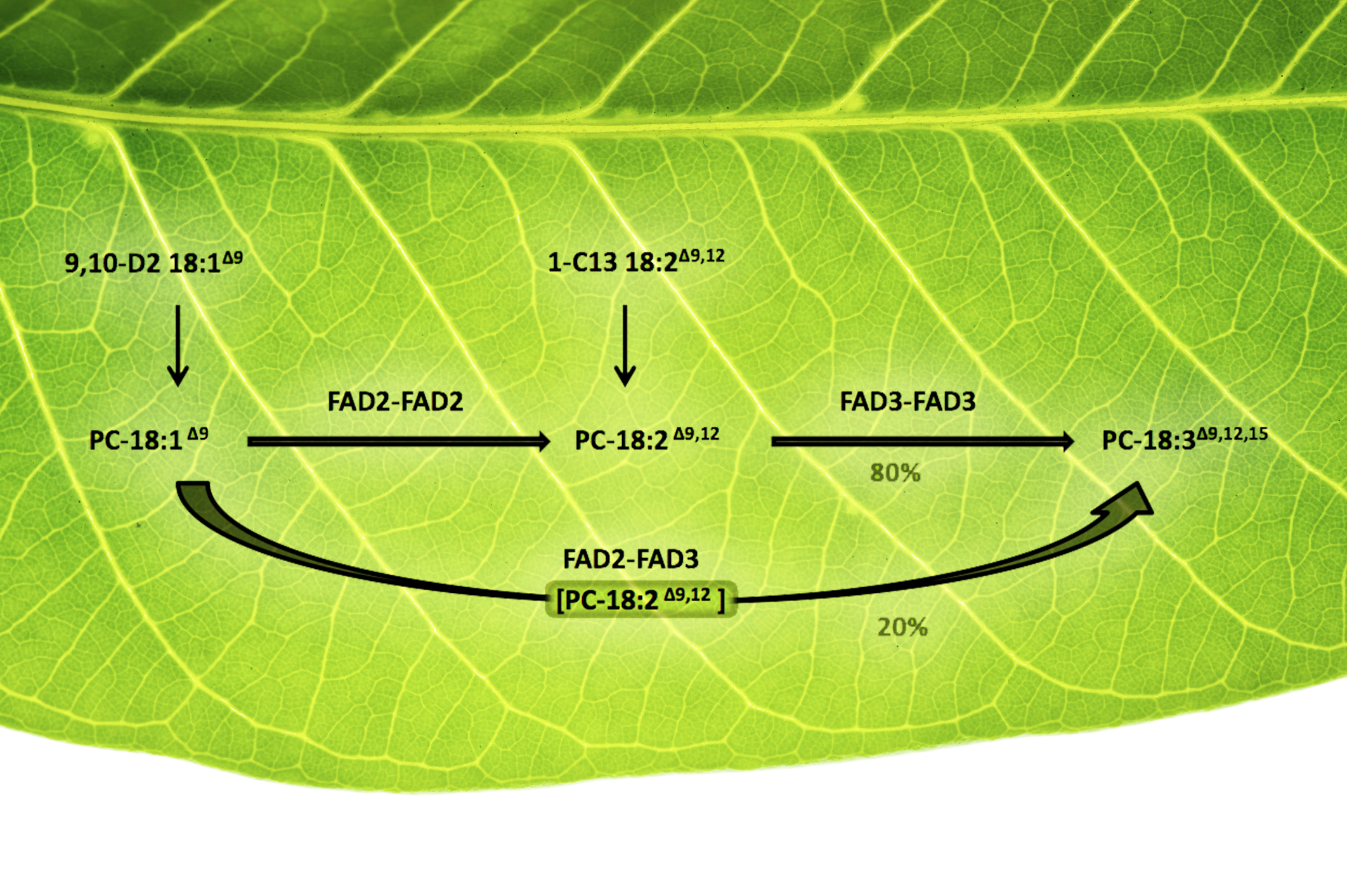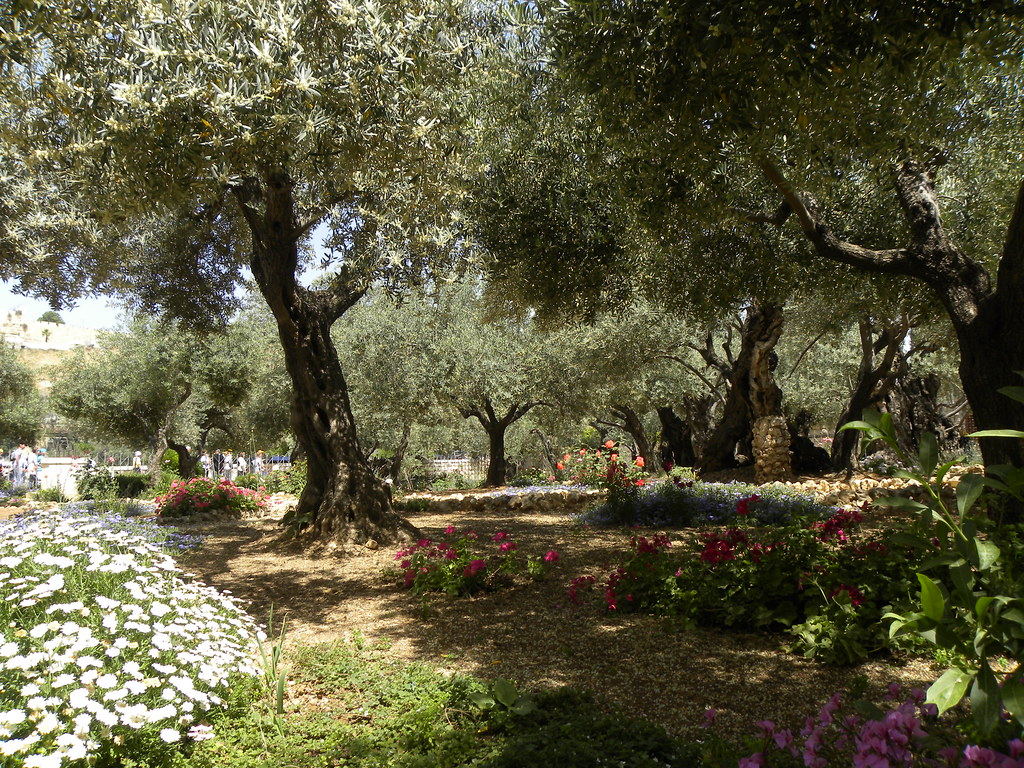Gardening is a fun and relaxing way to get in touch and know more about your plants. Hence, this article focuses on the various essential processes of plants.
The Process of Plant Metabolism

The word “metabolism”, as applied to plants, has a wide range of meanings since it includes all the chemical reactions that go on within the living system. All phases of metabolism are derived ultimately from the energy supplied by the sun. Solar energy plays a direct role in certain vital metabolic reactions. Through these reactions, such simple substances as water and carbon dioxide are built up into large molecules of sugar, starch, cellulose, fat, protein and nucleic acids. Locked within these molecules is the energy obtained from the sun – energy needed by the plant for the activities of life. In other metabolic reactions, the large molecules break down into simpler substances, often with the release of great quantities of energy.
Some of this energy is lost to the plant since it is given off in the form of heat. The rest is not immediately available. It is conserved at first, in the form of chemical bonds, in the substance called adenosine triphosphate (ATP). It is when the ATP splits up into adenosine diphosphate (ADP) and free phosphate that the energy stored up in the ATP is finally released to the plant. It is then used for such activities as growth, movement, reproduction and the repair of bodily tissues.
The Process of Digestion

Many of the foods stored in plant tissues as the products (direct or indirect) of photosynthesis have a complex chemical structure or are insoluble in water. Therefore they cannot be quickly or easily utilized to provide energy or to build new tissue. They must first be converted into simpler foods or into water-soluble foods by the metabolic processes called digestion.
These processes are controlled by special proteins, called enzymes, which are manufactured by living cells. There are many different kinds of digestive enzymes, but all have certain features in common. They are so efficient that a small amount of enzyme can act on a large amount of food very quickly. They are also highly specialized. Each type of enzyme ordinarily digests only one kind of food or several types of chemically related foods. None of them are used up in the digestive process that they promote.
There are three major groups of digestive enzymes in plants: carbohydrate digesting, fat-digesting and protein-digesting. Among the most widely occurring plant enzymes are amylase (or diastase), which digests starch to malt sugar and invertase (or sucrase) which digests cane sugar (sucrose) to glucose (grape sugar) and fructose (fruit sugar).
Digestion is especially active in plants when seeds sprout. The reason is that the stored food of seeds is chiefly in the form of starch, fats and complex proteins. These must be converted into simpler substances before they can be made to yield energy or before they can be transformed into other substances. Digestion also takes place when various fruits such as bananas ripen and when potatoes and other tubers sprout; starch has been converted into sugars.
The Process of Respiration

Living plants require large amounts of chemical energy for growth, reproduction, reactions to external stimuli and other vital processes. This energy is made available through the process of respiration, in which foods (chiefly glucose) are chemically broken down and their stored energy released. A part of the energy liberated by respiration is heat energy, which is given off into the air from the body surfaces of plants. However, most of it is the chemical energy of ATP.
The various processes that make up respiration are controlled by a group of respiratory enzymes. They operate as controlling mechanisms through a series of very complex chemical reactions.
If you liked this article, please share your comments and don’t forget to come back for part 2.



